PRINTED NECK LABEL REQUIREMENTS?
According to the Federal Trade Commission’s (FTC) website:
Most textile and wool products must have a label listing the fiber content, the country of origin, and the identity of the manufacturer or another business responsible for marketing or handling the item.
IDENTITY OF THE MANUFACTURER
The identity of the manufacturer or another business responsible for marketing or handling the item must be listed on the neck label. The Registered Identification Number (RN) can be used instead if it has been issued. An RN is only issued to US manufacturers. It is not required to do business in the U.S. You may replace an existing label with your own name, however, the new label must still list the original manufacturer and all of the required information of the original label.
FIBER CONTENT
The neck label must contain the generic fiber names and percentages by weight of each constituent fiber must be listed in descending order of predominance. Only applied to fibers in yarns, fabrics, clothing, and other household items. If part of the product is made from non-fibrous material – such as plastic, glass, wood, paint, metal or leather – such as zippers, buttons, and beads, you don’t have to include that information.
COUNTRY OF ORIGIN
Imported products must identify the country where the products were processed or manufactured. The U.S. Customs and Border Protection have their own set of rules regulating labeling requirements such as an unfinished product must be labeled, unlike FTC regulations where labeling only applies to finished products.
The regulations in this article are for the United States and for any garments sold within the country. All countries have varying regulations, so please check before you start labeling.
Your neck label template should look something like this:
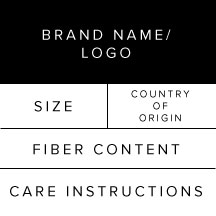
When finished the label should look like this:
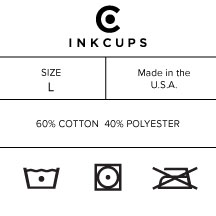
WHAT TYPE OF GARMENTS MUST FOLLOW NECK LABEL REQUIREMENTS
• Clothing, except for hats and shoes
• Handkerchiefs
• Scarves
• Bedding, including sheets, covers, blankets, comforters, pillows, pillowcases, quilts, bedspreads and pads (but not outer coverings for mattresses or box springs)
• Curtains and casements
• Draperies
• Tablecloths, napkins and doilies
• Floor coverings: rugs, carpets and mats
• Towels, washcloths and dishcloths
• Ironing board covers and pads
• Umbrellas and parasols
• Bats or batting
• Flags with heading or that are bigger than 216 square inches
• Cushions
• All fibers, yarns, and fabrics, but not packaging ribbons
• Furniture slipcovers and other furniture covers
• Afghans and throws
• Sleeping bags
• Antimacassars (doilies)
• Hammocks
• Dresser and other furniture scarves
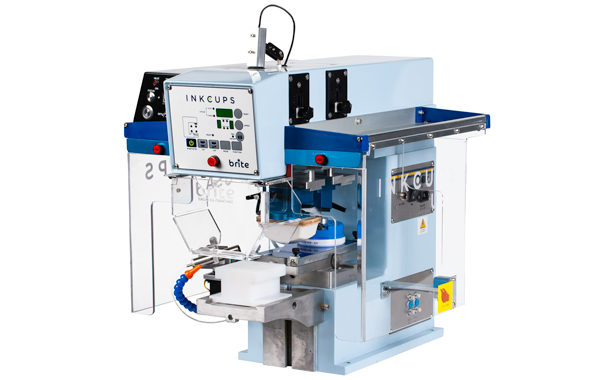 Tagless Printers
Tagless Printers Cylindrical Inkjet Printers
Cylindrical Inkjet Printers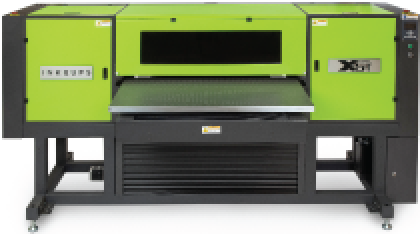 UV Flatbed Printers
UV Flatbed Printers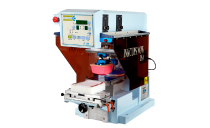 Pad Printing Machines
Pad Printing Machines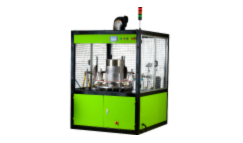 Pretreatment Systems
Pretreatment Systems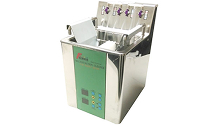 Inkjet Printing Auxiliary
Inkjet Printing Auxiliary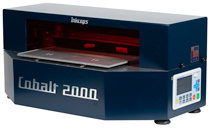 Laser Plate-Makers
Laser Plate-Makers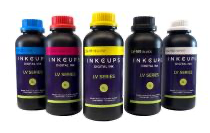 Inkjet Printing Supplies
Inkjet Printing Supplies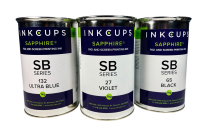 Pad Printing Supplies
Pad Printing Supplies Tagless Supplies
Tagless Supplies
